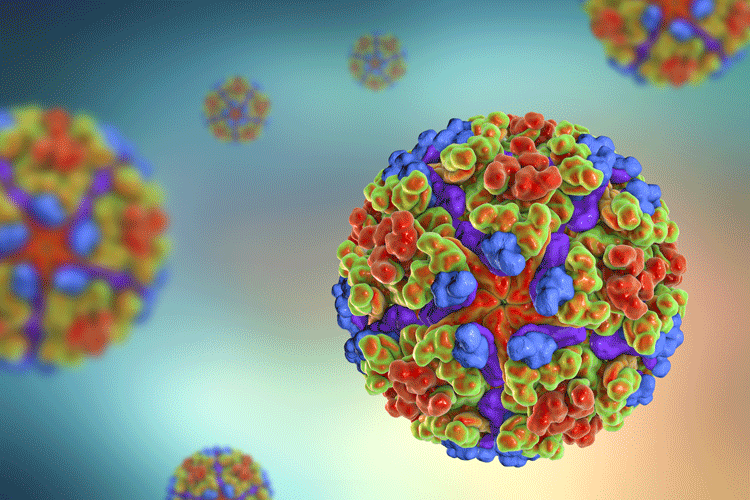Key protein in chikungunya virus replication identified
Posted: 25 September 2019 | Nikki Withers (Drug Target Review) | No comments yet
Researchers have found that the FHL1 protein plays a key role in chikungunya virus replication and pathogenesis.


Researchers have identified a protein that is key for the replication and pathogenesis of the chikungunya virus – a virus that causes severe muscle and joint pains in affected patients.
The team found that the FHL1 protein, which is present mainly in muscle cells and fibroblasts and usually contributes to healthy muscle physiology, is diverted from that function by the virus to ensure its replication in the target cells.
The researchers from Inserm (Institut National de la Santé et de la Recherche Médicale), CNRS and Université de Paris, in collaboration with a team from Institut Pasteur, Inserm and Université de Paris, say that their findings represent a “major step forward in the development of antivirals that block the replication of the virus.”
…the FHL1 protein plays a key role in chikungunya virus replication and pathogenesis”
Led by Dr Ali Amara from the AP-HP Saint-Louis Hospital Research Institute in Paris, the team used CRISPR-Cas9 technology to systematically screen the genome of human cells in order to identify the host factors necessary for viral replication.
In doing so, they isolated the gene coding for the FHL1 protein. The team then conducted a series of experiments showing the incapacity of the virus to infect cells whose FHL1 expression had been abolished.
In addition, the researchers have shown that the virus was incapable of multiplying within cells derived from patients suffering from the rare genetic disease Emery-Dreifuss muscular dystrophy. This muscle disease is the result of mutations of the FHL1 gene responsible for the breakdown of the FHL1 protein. The researchers have shown that the cells of these patients are resistant to the virus.
Finally, the researchers performed in vivo experiments in mice whose Fhl1 gene was invalidated. They have shown that these animals are completely resistant to infection and do not develop the disease, whereas the virus multiplies and causes major muscle lesions in mice expressing a functional FHL1 protein.
These observations demonstrate that the FHL1 protein plays a key role in chikungunya virus replication and pathogenesis, according to the researchers.
The precise role played by FHL1 in the viral infection is not fully understood. The researchers have discovered that FHL1 interacts with a viral protein known as nsP3. It is when binding to this that FHL1 participates in the replication of the virus.
“We now want to understand this interaction in molecular detail. The next step is to define why FHL1 is so specific to the chikungunya virus and to decipher its mechanism of action at the molecular level,” says Dr Ali Amara and Laurent Meertens, the Inserm researchers in charge of the study.
The full study can be read here.
Related topics
CRISPR, Disease research, Drug Targets, Genetic analysis, Protein, Research & Development
Related conditions
Chikungunya
Related organisations
CNRS, Inserm (Institut National de la Santé et de la Recherche Médicale), Institut Pasteur, Université de Paris
Related people
Dr Ali Amara, Laurent Meertens



